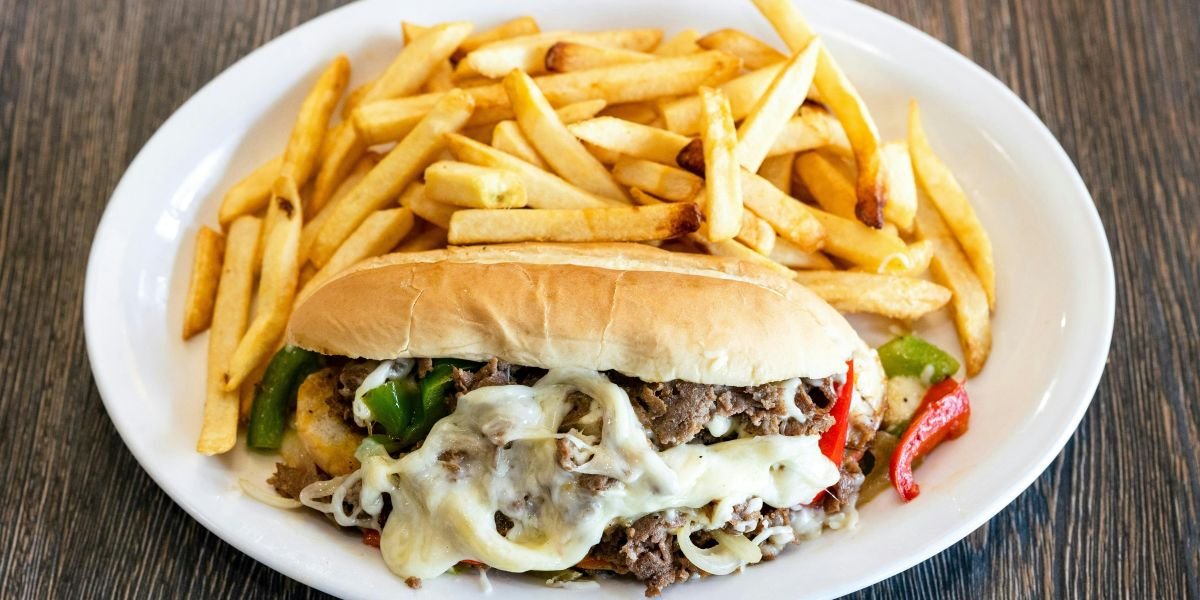They serve up quick bites and a slice of New York life – but the iconic hot dog and pretzel vendors navigate shifting regulations, competition, and their vital role in the ever-evolving urban landscape.
New York – The scent of sizzling hot dogs mingles with the salty aroma of freshly baked pretzels. The hiss of steam and the shouts of vendors hawking their wares are as much a part of the New York City soundtrack as honking taxis and rumbling subways. Street vendors have long been an integral part of the city’s fabric, but their world is in constant flux.
Origins of an NYC Icon
The history of NYC street vending stretches back centuries. Peddlers selling everything from produce to potions roamed the streets in the 19th century, catering to a bustling working population needing food on the go. By the early 20th century, hot dogs and pretzels emerged as the quintessential NYC street snacks – affordable, portable, and filling. Waves of immigrants often turned to street vending as an entry point into the city’s economy, building small businesses from their pushcarts.
The life of a street vendor is far from glamorous. Vendors work long hours in all weather conditions, lugging their carts and fighting for prime spots. Obtaining permits can be costly and complex, with strict regulations dictating where and what vendors can sell. The number of vending permits is capped, leading to fierce competition and even a black market for licenses.
The Changing Landscape and Challenges
NYC’s street food scene is evolving, impacting traditional vendors. The rise of gourmet food trucks offers new competition, though some argue they cater to a different clientele. Many vendors dream of transitioning from their carts to permanent storefronts, but rising rents make this difficult. Street vendor organizations advocate for their rights but also face pushback from some residents and businesses who raise concerns about congestion and aesthetics.
Street vendors offer more than just a quick meal. They provide budget-friendly food options, particularly in neighborhoods underserved by grocery stores. The sights, sounds, and smells of street vendors contribute to the unique energy and chaotic charm of NYC. Vending represents a low barrier-to-entry business, often serving as a stepping stone to other opportunities. From halal carts to Mexican fruit vendors, the street food scene reflects the city’s incredible diversity.
Controversies and Finding Balance
The debate over street vending underscores broader tensions within the city. How can the city balance promoting entrepreneurship with managing an overcrowded public space? Rising costs threaten to displace vendors who have served communities for decades.
The future for NYC street vendors is uncertain but likely to involve compromise and adaptation. Potential solutions being discussed include creating designated vending zones to reduce congestion in popular tourist zones, gradually increasing the number of available permits, and helping vendors with payment technology and potential collaborations with established restaurants.
From pushcarts to food trucks, street vendors remain a dynamic thread in the tapestry of New York City. Their struggles and triumphs mirror the city itself – a place both fiercely competitive and fueled by the enduring entrepreneurial spirit.











